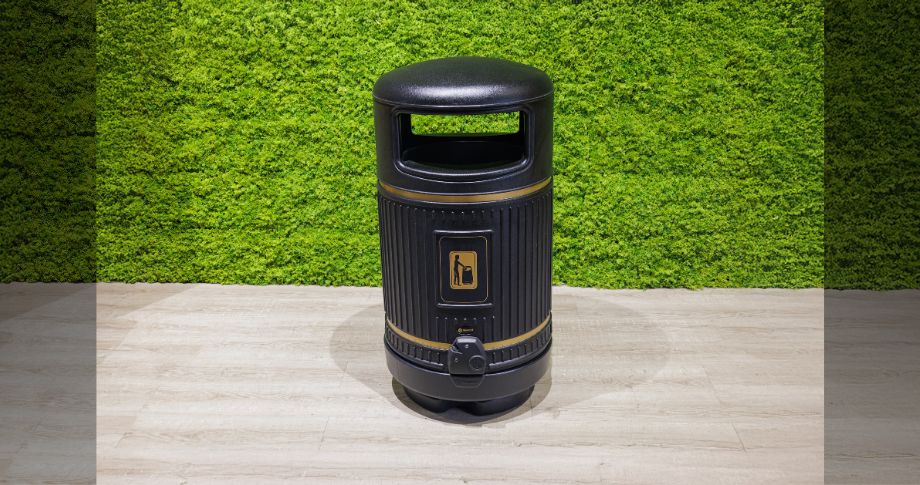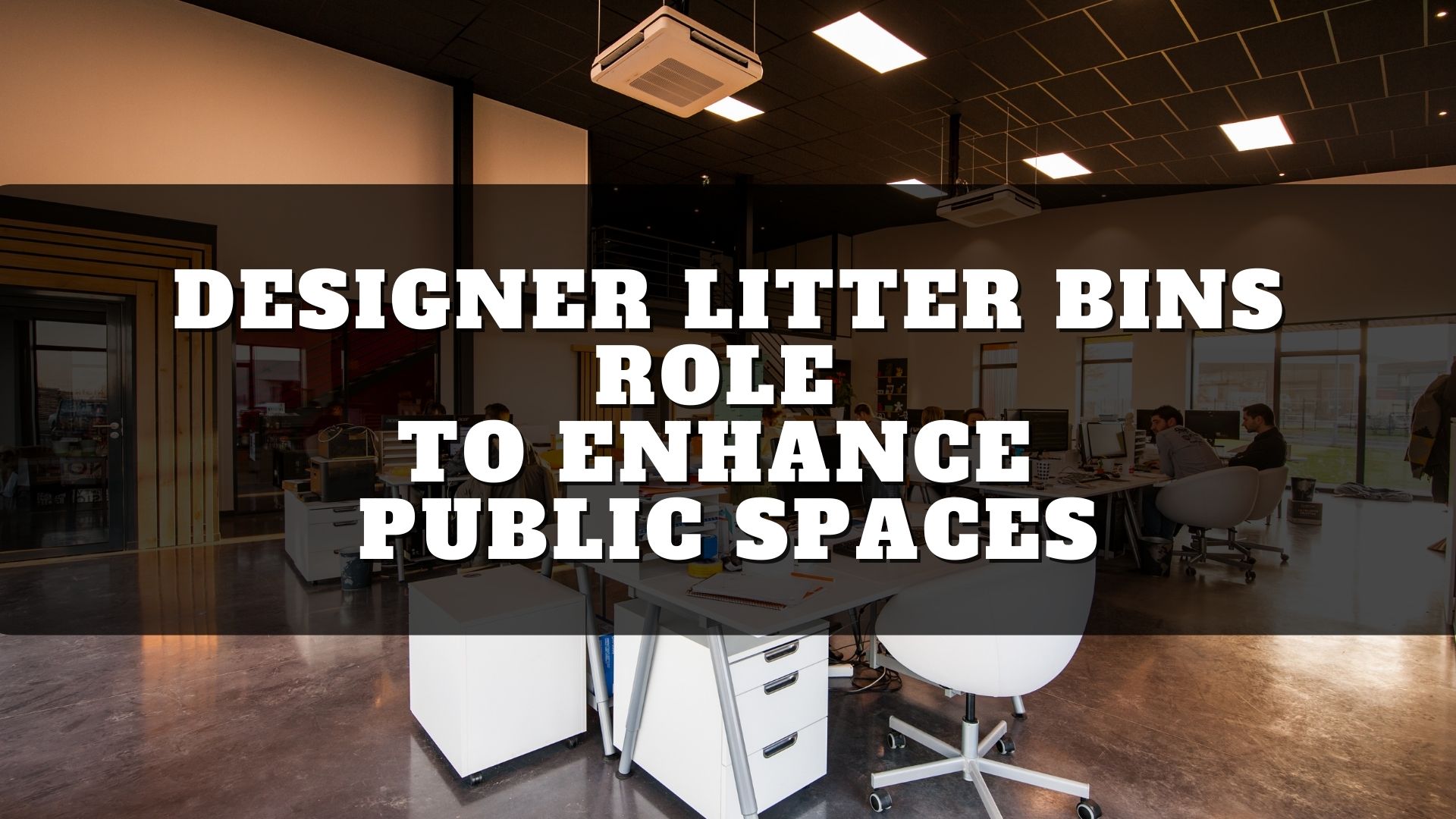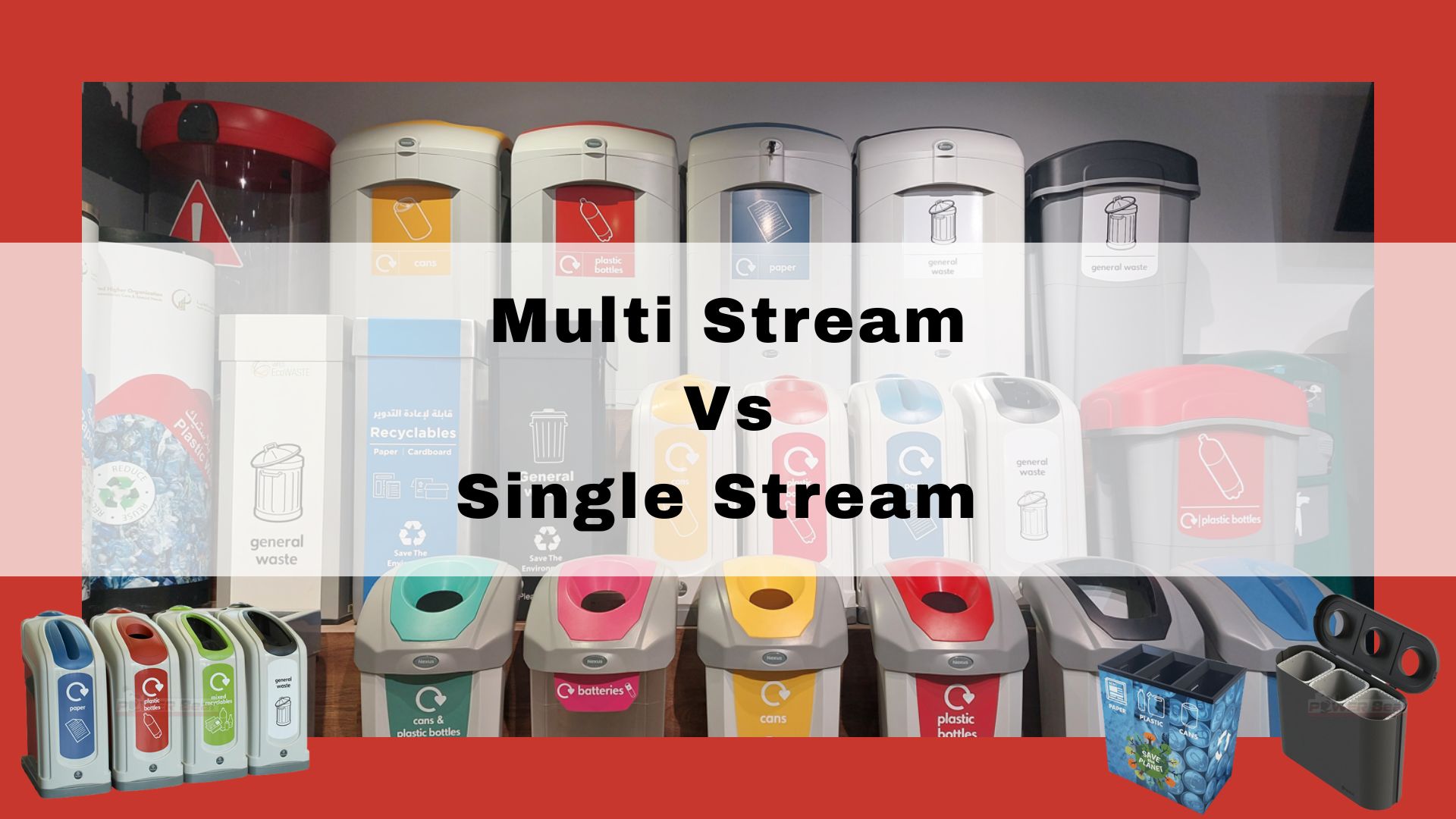
The reality of bins is that people take them for granted even if they’re designer litter bins. When they need them, they anticipate that they will be around, noticeable, presentable, and easily reachable. However, it is far from easy to manage a sizable bin estate and make it operate as efficiently as possible.
The first line of defense in keeping rubbish off our streets will always be litter bins. Bins and the manner they are utilized have seen many changes during the past few years. Many organizations are experimenting with methods to improve the functionality of bins by changing the way they look and how they are placed.
Designer Litter Bins Role to Enhance Public Spaces
Litter that is dropped in public areas does more harm than we think. The effects of littering are profound on the ecology. Yes, rubbish is visually unpleasant. However, trash also causes several issues for animals in public areas like parks, and that is why litter bin companies work hard to provide waste management solutions that are compatible with a variety of settings. Ever questioned why people leave trash in public areas? According to psychological research, you are more prone to litter the farther you are from a garbage can or recycling container.
There have always been different perspectives about leaving trash in public areas. Some people never leave trash on the ground and always make sure that it is disposed of in a trash can, regardless of whether there is one nearby. The second group, on the other hand, makes little to no attempt to dispose of their waste in the street litter bins.
Bin Location
Bin location plays a significant role. There are more trash cans in many locations across Dubai, which means fewer individuals must carry trash around and are therefore more likely to dispose of it properly. Today, countries are focusing on placing trash bins at widely accessible locations such as bus stops, building entrances, exits, parking spots, metro waiting areas, and pedestrian crossings, based on this psychological principle.
Keep Different Bins Together
Encouragement of individuals to consider where their garbage should go is a crucial component of the avoidance of litter.
If you have separate containers for recycling and regular trash, place them side by side to make it simpler for individuals to dispose of their trash properly. Some people find it difficult to walk even a short distance between trash cans, which may increase their likelihood of littering.
Separate bins for chewing gum and cigarette butts will urge individuals to properly dispose of these wastes.
Monitor Trash Bin Level
Monitoring bin levels can assist you in prioritizing collections. It’s also a clever way to determine whether bins should be relocated to more effective locations and to inform your decision-making about where new bins may be required.
Smart bins serve as remote monitors, delivering notifications through mobile phone networks when they reach capacity. Though finances for this type of stuff may be limited, smart dumpsters are becoming increasingly popular across the world, especially in Dubai.
Empty the Bins Before It Cause Problem
Bins are only useful if they can be used. They can add to the litter problem if they begin to overflow. According to studies, litter causes more litter. When a bin is full, individuals are more likely to discard their trash nearby or elsewhere.
Regularly emptying dumpsters is critical to ensuring that they stay useable and functional. Your monitoring strategy should assist you in identifying problem regions as well as places with minor waste concerns, allowing you to build a more effective collection plan.
Designer Litter Bins to Enhance the Beauty of Public Spaces
Colorful Bins
A splash of colour may go a long way toward attracting people’s attention. These huge bins feature a brightly coloured lid with four different customizable colours that sort into four distinct litter compartments. The split lid encourages appropriate recycling sorting from rubbish and keeps the area cleaner.
Divide and Conquer
A split container is ideal for locations that prioritize recycling. This streamlined design has gas struts to aid automate opening the lid for quick access, as well as robust steel liners to make litter bin emptying more efficient. The garbage and recyclables sections are clearly designated with changeable colour-coded signs, offering users clear instructions on where to store their trash.
Sleek Stainless Steel
Choosing the appropriate bin design sometimes entails matching it to other architectural characteristics nearby. In this example, that means matching the plants and ornamental elements in the surrounding lobby with sleek, stainless steel. Stainless steel also has the advantage of being both easy to clean and extremely durable.
Elegant Designer Bins
Large containers on the sidewalk might obstruct people and use precious space. Bins with a clean and elegant design, on the other hand, have a smaller footprint that does not interfere with the landscape. They are not in the path of people, cannot be turned over, and are protected from rain when elevated off the ground.
Enhance Public Space with the Right Litter Bins from PowerBear Designer Bins
In many situations, the worst offenders are poorly designed street trash containers. Fully-pen tops for dry trash bin, poor material quality, or overflow of litter can exacerbate a public space’s litter problems.
Depending on where they are placed, several types of litter bins suit varied litter demands. PowerBear Designer Bins, the renowned litter bin provider, can assist you in dealing with even the most difficult litter problems!
Designer bins by PowerBear are sleek, contemporary containers with a gleaming steel surface. They are ideal for corporate places, and public spaces since they control garbage while fitting in with the formal surroundings.
Conclusion
Our litter-pickers work hard to keep our surroundings clean and everyone healthy. Simply adding extra outside litter containers might dramatically increase the impact of their efforts. While this would not eliminate litter, it would significantly improve the situation by reducing littering.
Litter bins are always needed to assist keep debris to a minimum, whether a venue is public or private. Since these containers are ubiquitous, they are hardly given a second consideration. By including distinctive trash cans in your design, you can increase their use and help the environment overall.






